Mutual love between mother and child is an instinct found in almost all living creatures, even the very primitive species. This instinct is all the more prominent in human being, the most sophisticated of creatures, expanding to social dimensions. From this standpoint, mother, as a symbol of affection, fertility and creation, could be regarded as the first god men have worshiped. It seems that the worship of mother started since the concept of family and being born from a common ancestor was formed. Among men, the concept of family in its social meaning dates back to the caved welling era, i.e. when the Neanderthals took refuge in caves as a result of the third Ice Age, where it emerged eventually as homo sapiens after undergoing an evolutionary period. During this time, some 30,000 years ago, man discovered fire, warming up his cave. The number of caves and their internal space was limited and could host a limited number of men. Therefore, the concept of family bonds and bloods ties, which already existed as an instinct in other species, was intensified, eventually emerging as a social requirement.
Competition over dwelling in warm caves was a solid reason for primitive men not to admit non-related primitive men to their caves. Only family members with a common birth ties to a common ancestor were permitted to enter the caves. This ancestor could only be the mother, because at that time, sexual behaviour among men was a natural and non-social one, only the strongest males in the cave being allowed to procreate, a behaviour which is necessary to produce healthier offspring and is practiced among many species of animals and particularly mammals. Therefore, cave-dwelling women could have several husbands during their fertility period, so that tracing family ties through males was impossible. Thus being attributed to a family tree leading back to the mother was the permit to live in the cave, which in turn translated into survival. This was adequate reason to turn the mother/child instinct into a sacred belief in a common ancestor.
Palaeontology confirms the theory suggesting that the mother goddess was the first divinity to be worshiped. The earliest relics showing signs of religious beliefs among primitive tribes are statuettes of mother, depicting her in large buttocks and breasts, signifying feminine characteristics, or girls arrived at puberty and ripe for marriage.
The elapsing of thousands of years has meant that modern science has not yet penetrated the depth of the secrets of mother goddesses in the early stone ages. However, there exists a lot of information about the quality of the sanctity of mother goddesses in later historical periods, the oldest of which have been found in Susa, Iran. The documents which have been found in the form of tens of mother goddess statuettes date back to early 4th millennium, BC. The number and the age of these statuettes gives good reason to suggest that the origin of mother goddess was the Iranian Plateau, whence the tradition of worshiping these goddesses have expanded throughout the world as a result of the migration of Aryans.
With the ending of the Ice Age and the shifting of men’s habitat from caves to foothills and the discovery of agriculture the tradition of worshiping mother goddess was continued, with mother goddess surviving as the origin of fertility, the goddess of family, the goddess of procreation and later the goddess of agriculture and productivity.
In Susa, south of Iran, mother goddess was worshiped at least since early 4th millennium BC, with numerous statuettes of her found in the area. The tradition of worshiping the mother goddess spilled over to Mesopotamia, where it continued for thousands of years to come.
Iranian-origin Sumerians were skilled astronomers, attaching each of the gods to certain star or planets. The mother goddess was sometimes attributed to the moon and some times to Venus. The reason behind this duality lies in the tradition of incest, which was not only allowed, but also sanctified in ancient Iran. According to this tradition which dates back to the cave dwelling period, the kings and noble men of Iran had to marry their close relatives, the offspring of such marriages enjoying priority to inherit the crown. The same tradition was observed among the divinities, so much so that the ancient goddesses appear alternately as the mother, the sister or the wife of the masculine god, having different ranks. That is why Anahita, the Iranian goddess, sometimes appears, as mother earth and the goddess of fertility and birth, and sometimes as Venus, the goddess of music, love, jealousy and coquetry. Nahid is alternately the wife, the sister or the mother of god. However, when she is the wife and mother of god, her symbol is the moon, and when she represents the goddess of love and music, the planet Venus. An Armenian myth says: “the devil knew that if the god had intercourse with his mother, the sun would be born, and if with his sister, the moon would be born.” Sumerians were a seafaring people, their ships trafficking in the Mediterranean Sea. Therefore, it is very likely that they promoted the worship of mother goddesses in the Mediterranean coats of Europe and North Africa. Or perhaps the goddess made its advent with the expansion of the Aryan race and its migration to India, Central Asia and central Europe.
In any case, historical evidences show that in the late 3rd millennium BC, worshiping mother goddesses was common in Iran, India, Central Asia, Mesopotamia, Syria, North Africa, and Europe.
An even more interesting point is the evidence found about the worshiping of such a goddess in South America, implying that probably Sumerian seamen had discovered the New Continent eons before Christopher Columbus. Evidence supporting this suggestion is a monolith stone called the Gate of the Sun in Tiahunaku. According to the myth imprinted on the slab, a golden ship descended from the stars, carrying a woman named Oriana. Her mission was to become the earth’s grandmother, who returned to the stars after giving birth to 70 earthling children. The concepts of worshiping the sun and the moon and mother goddesses and the figures on the slab are all Persian and Sumerian concepts, making such a resemblance unlikely without any connection.
The oldest statuette of mother goddess found in Europe, in Austria, dates back to the 3rd millennium, BC. Another similar statuette found in Moravia shows a mother goddess holding her breasts up with her large hands. In Greece, too, the mother goddess was worshiped as a birth-giving goddess through the entire Neolithic period.
The close connection between the mother goddess and the moon, and worshiping her which has been found all over the world shows a correspondence between the lunar month and the menstruation period of women, i.e. 28 days. This significant resemblance which basically indicates the passage of time in ancient times before the discovery of astronomy and invention of the clock has contributed to the relation between the two creatures, and that is one reason why women are described as the moon. In later historical periods, religions that in some way worshiped the mother goddess continued to use the lunar calendar, in contrast with religions based on the worship of the sun.
The Iranian mother goddess was also worshiped in the east, including India. Anatolian mother goddesses too had many temples. According to a Roman historian, noble girls were asked to practice prostitution in such temples before getting married. This tradition which was current also among Venus worshipers of Egypt has its roots in the group marriages of the matriarchal aroid mentioned earlier. A statuette of Venus with a dolphin has been found in Tunisia.
The tradition of worshiping Venus was also widespread in ancient Arabia, where 360 gods and goddesses were adored. Venus’s special day of the week is Friday and the form of this goddess is a cube, which is the sacred form for Arabs.
In addition to the very ancient relics found in Susa, Girschmann discovered a statuette of a mother goddess in the Gian mound near Nahavand in 1931. He relates the object to 2,500 years ago.
In the Chaghagavaneh mound near Eslam-abad Gharb, a 7-cm mother goddess statuette was found which dates back to 2,900 years ago. The figure is headless and naked, resting her hands on her stomach.
On bronze objects found in Lorestan, dating back to the first millennium BC, figures of mother goddesses are seen. These objects are usually copper or bronze clips, bearing a circular plate at the end, with the imprint of the head of the mother goddess. Also in the southern and western parts of Iran several examples of such objects with the figure of the mother goddess have been found. The most fascinating example is a clay statuette 18.13-cm high, decked with emerald earrings, bracelet and necklace. This goddess is fully comparable to the Anahita of later periods. The statuette is kept at the Philadelphia museum. In the Gorgan region of Iran, the oldest such relics have been found, dating back to 5,000 years ago.
On Achamenian coins, the head of Nahid is seen in a halo of light. Also in Achamenian scripture, mention is made of Anahita, alongside with two other gods, namely Ahuramazda and Mehr, and perhaps they could be regarded as mother and child, just as in Christianity, the trinity is made up of God, Virgin Mary and Jesus (sun) Christ. The fact that the words Mehr and sun both mean the sunlight reflects the connection between the two religions.
Worship of Anahita continued in the Sassanid period. In one of the tablets in Naqsh-e Rostam, near Persepolis, the Sassanid king is depicted receiving the kingdom ring from Nahid. On metal vessels of the Sassanid era too, hundred of Nahid figures can be seen.
After, the occupation of Iran by Moslem Arabs, the ritual of respecting woman and mother and the sanctity of Nahid continued in different forms. However, it became a secret creed, reflected in Iranian culture and literature, particularly in the sophist poetry.
On the other hand, the indispensable bond between Nahid and music and love has found manifestations in Iranian sophism.
The relics of the mother goddess in Iran are numerous and diversified some of, which are located in remote mountains, indicating the secret nature of the ritual.
Bridges in different parts of the country reflect the relation between Nahid and water.











 Candle Holder
Candle Holder Coasters
Coasters Jewelry Box
Jewelry Box


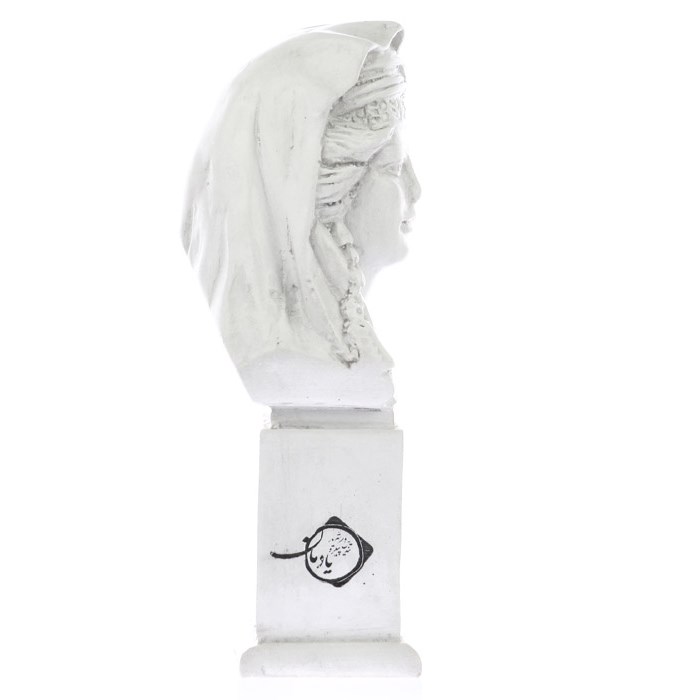

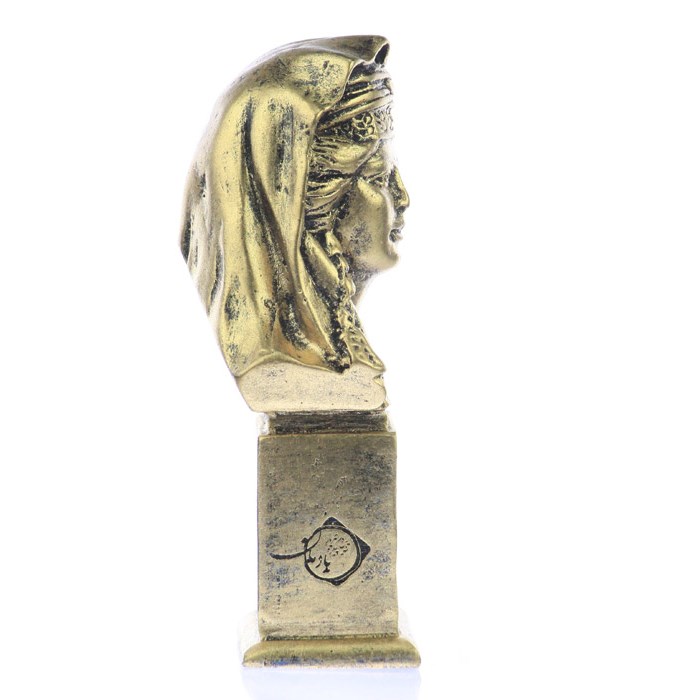

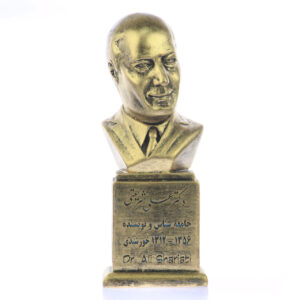
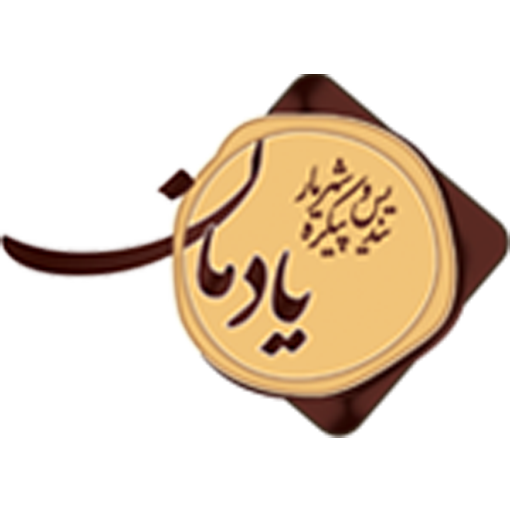






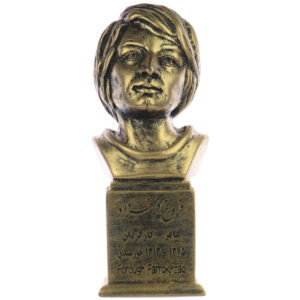



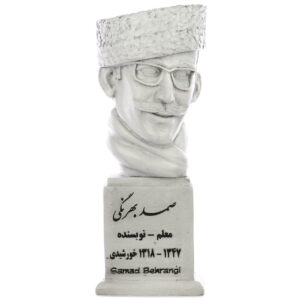
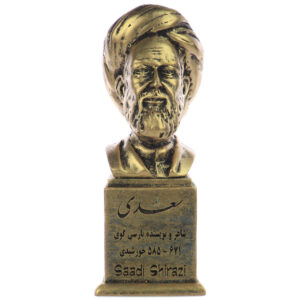

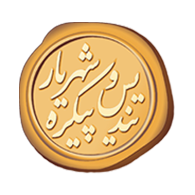

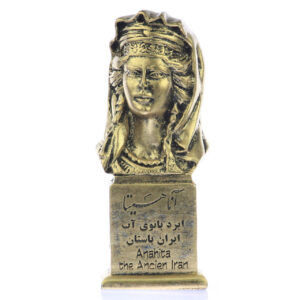
Reviews
There are no reviews yet.